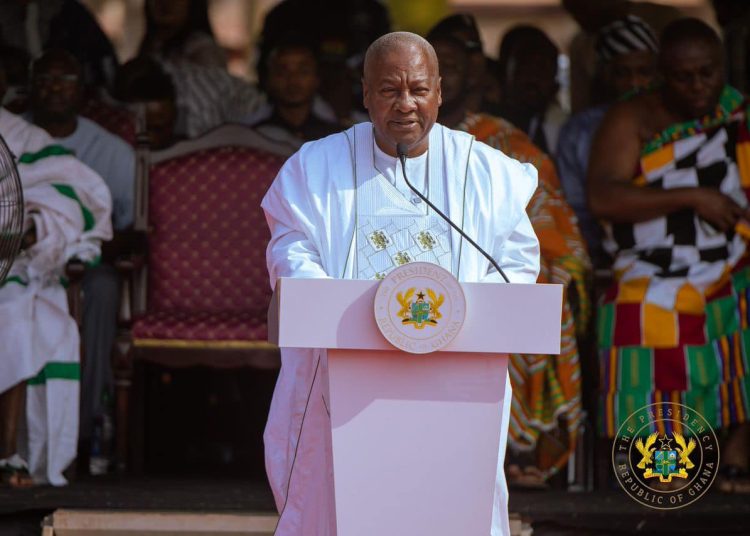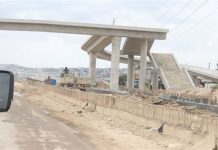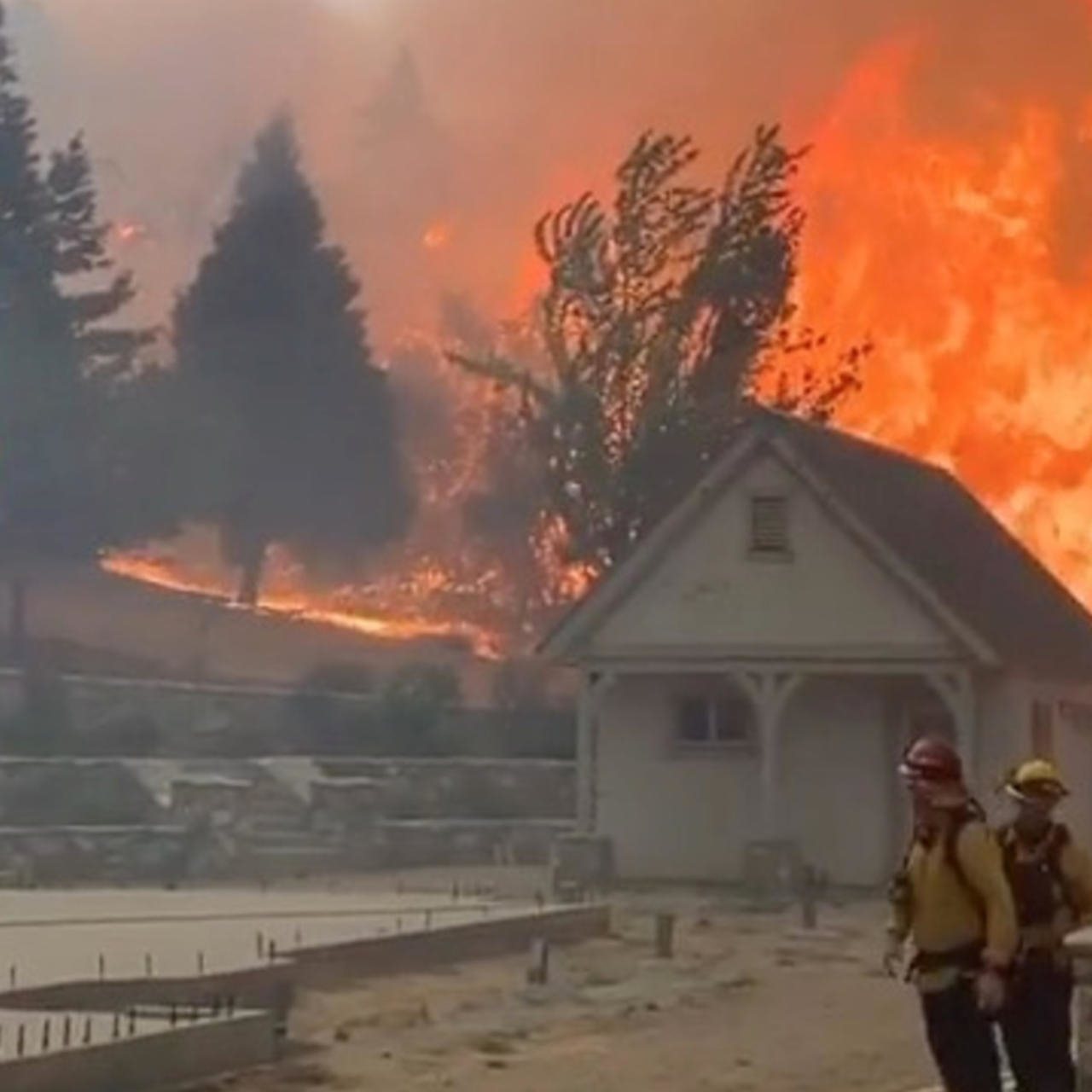The Institute for Energy Security (IES) has raised serious concerns about the worsening state of Ghana’s power sector, despite inheriting considerable resources and opportunities in 2017.
The sector, which is crucial to driving the nation’s economic development and enhancing the quality of life for citizens, has suffered significant setbacks under the current government. IES blames operational and financial inefficiencies, mounting debts, mismanagement, and diminishing public trust for the current crisis.

Inherited Resources and Missed Opportunities
In January 2017, the New Patriotic Party (NPP) government took office with a relatively stable power sector, which had just overcome the crippling effects of the power crisis known as “dumsor.”
At the time, Ghana’s installed generation capacity stood at 4,599 MW, with a dependable capacity of 4,127 MW, sufficient to meet a peak demand of 2,078 MW.
However, despite an increase in capacity to 5,639 MW by the end of 2023, power generation deficits and frequent outages have plagued the sector, indicating poor capacity utilization and planning.
IES emphasized that the government inherited a robust energy framework, including:
- Excess capacity: Ghana had a well-established excess generation capacity that ensured electricity supply met the growing demand.
- Energy Sector Recovery Levy (ESLA): The introduction of ESLA in 2016 generated about $650 million annually, intended to clear legacy debts and stabilize the sector. However, misapplication of these funds, including collateralizing the proceeds, has left the sector burdened with over $2 billion in debt after eight years.
- Transition to natural gas: Ghana had shifted from reliance on imported liquid fuels to domestic natural gas from the Jubilee, TEN, and SGN fields by 2017. However, progress in optimizing domestic gas production has stagnated, forcing the country to depend on costly imported fuels and Nigerian gas.
Despite these inherited gains, domestic gas optimization has largely failed, leading to a growing reliance on a single gas processing plant, which has compromised energy security.
Moreover, key state-owned utilities like the Electricity Company of Ghana (ECG) and the Volta River Authority (VRA), once profitable, have become financially distressed, with ECG now incurring technical and commercial losses exceeding 30%.
The sector’s financial woes are compounded by monthly revenue collections falling well short of expectations, with the Public Utilities Regulatory Commission (PURC) estimating losses of up to $67 million each month.
Key Concerns of the Power Sector
The IES highlighted several critical issues contributing to the current crisis:
- Power outages (dumsor): The recurrence of load-shedding has significantly disrupted business operations and daily life, raising production costs and reducing competitiveness, especially for industries that rely on a steady power supply.
- Non-payment of arrears to IPPs: Independent Power Producers, which contribute over 60% of the country’s power generation, are facing severe financial strain due to unpaid arrears. This has led to shutdowns, reducing the available generation capacity and jeopardizing energy security.
- Rising reliance on imported fuels: Despite substantial natural gas reserves, policy inertia and stagnating domestic production have forced Ghana to increasingly depend on imported liquid fuels. This exposes the power sector to global fuel price volatility and foreign exchange pressures.
- Declining public trust: The lack of transparency, especially after GRIDCo removed vital data like the daily “Condition Sheet” from its website, has eroded public confidence. The failure to provide the public with access to real-time information on power generation and sector conditions only heightens suspicion about the management of the power sector.
Restoration of Asogli Power Plant: A Partial Solution
The recent restoration of the 550 MW Asogli Power Plant is a positive but partial step toward alleviating Ghana’s current power crisis. While it helps reduce immediate pressure on the grid, it does not address the systemic challenges that have led to frequent power shortages.
IES pointed out that the country’s remaining unutilized capacity, such as the 850 MW from other plants like Amandi, Siemens, and Karpower, still leaves the sector vulnerable, particularly during peak demand periods.
Even with the restoration of Asogli, Ghana remains exposed to power supply deficits, as unresolved issues like nonpayment to IPPs, inefficiencies in financial management, and technical losses continue to undermine the sector. The government’s reactive approach to addressing these challenges has further eroded investor confidence, making it difficult to attract new investment to secure the country’s energy future.
IES’ Demands for Immediate Action
In light of these pressing concerns, the IES has called for urgent reforms in the power sector. Key demands include:
- Immediate settlement of IPP arrears: The government must prioritize settling outstanding debts to IPPs and state utilities to restore full generation capacity and prevent further shutdowns. This will help restore investor confidence and ensure a stable power supply.
- Adherence to the Cash Waterfall Mechanism (CWM): The CWM, designed to ensure equitable distribution of revenues across the power sector, must be properly implemented to alleviate financial bottlenecks. Misapplication of funds has exacerbated financial challenges for key stakeholders.
- Restoration of transparency: Public access to critical power sector data, including GRIDCo’s daily “Condition Sheet,” should be reinstated. This will enable stakeholders to make informed decisions and hold the government accountable.
- Investment in domestic gas infrastructure: Ghana must expand its gas processing and storage capacity to fully utilize domestic resources, reduce reliance on imports, and lower operational costs.
- Policy and institutional reforms: The government should implement reforms to enhance the governance and efficiency of utilities like ECG and VRA, with a focus on reducing technical and commercial losses, improving revenue collection, and encouraging private sector participation.
- Load management planning: Given the persistent shortfalls, a reliable load-shedding schedule should be introduced to minimize disruptions and allow businesses and households to plan effectively.
- Long-term energy policy framework: A comprehensive, forward-looking energy policy focused on diversification, renewable energy development, and sustainable financing mechanisms should be put in place.
- Rebuilding investor confidence: The sector must adopt a transparent and predictable payment structure to attract and retain private sector investment.
Conclusion
The IES has warned that the current power crisis is not an unavoidable technical failure but a result of deeper governance issues that must be urgently addressed. Ghana’s energy sector has the potential to recover if managed properly, but without swift and decisive action, the country risks jeopardizing its economic stability and growth.
A comprehensive and sustainable approach to addressing these challenges is essential for securing reliable, affordable, and sustainable energy for all Ghanaians.
The government must act immediately to stabilize the sector, ensure financial transparency, and restore investor confidence in order to mitigate the risks of prolonged power outages and safeguard the nation’s energy future.























































![[FREE FREE MONEY] Predict and Win a Guaranteed GH¢200 From Us EVERY WEEK](https://wordpress.ghanatalksradio.com/wp-content/uploads/2022/02/Predict-and-Win-Final-09-03-2021-218x150.jpg)
![[Predict & Win – 8th/Oct.] WIN A Guaranteed ¢200 From Us This Week](https://wordpress.ghanatalksradio.com/wp-content/uploads/2021/10/maxresdefault-16-218x150.jpg)
![[Predict & Win – 2nd] WIN A Guaranteed ¢200 From Us This Week](https://wordpress.ghanatalksradio.com/wp-content/uploads/2021/09/maxresdefault-50-218x150.jpg)
![[Predict & Win – 25th] WIN A Guaranteed ¢200 From Us This Week](https://wordpress.ghanatalksradio.com/wp-content/uploads/2021/09/maxresdefault-36-218x150.jpg)
![[Predict & Win – 18th] WIN A Guaranteed ¢200 From Us This Week](https://wordpress.ghanatalksradio.com/wp-content/uploads/2021/09/maxresdefault-23-218x150.jpg)








![[National cathedral] See full list of churches that have contributed since 2018](https://wordpress.ghanatalksradio.com/wp-content/uploads/2020/09/Ghana-National-Cathedral-GhanaTalksRadio-100x70.jpg)



